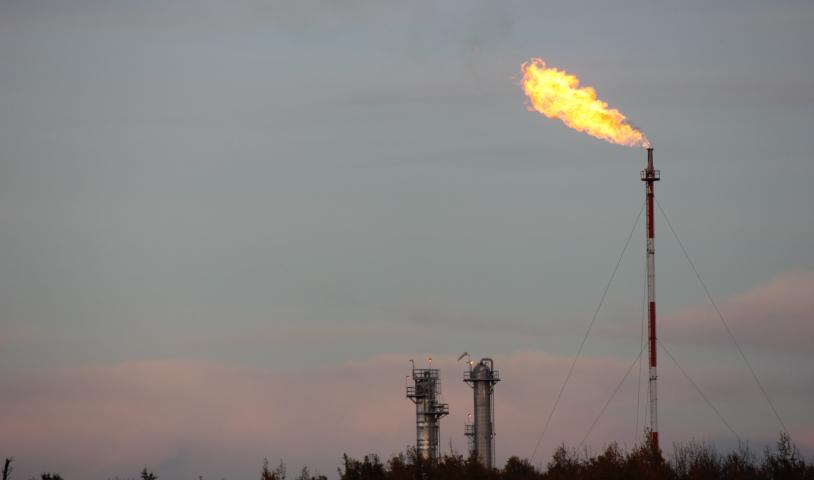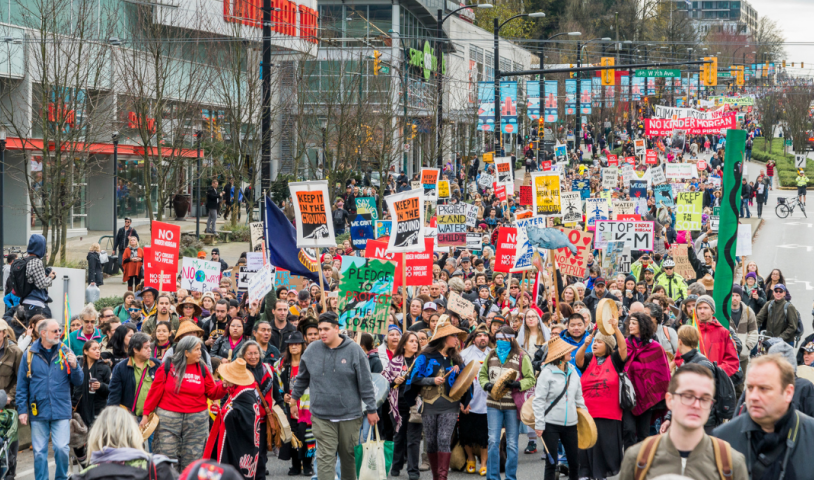BC Hydro to increase rates beyond 2014
Wednesday, April 20, 2011
Rate increases to continue every year beyond current application
Don't hold your breath for 2014, it won't likely be the last year that you pay more for electricity from BC Hydro.
That much is clear from a presentation compiled as part of the Crown corporation's Integrated Resource Plan, which is to be submitted to the Minister of Energy and Mines by December 3, 2011.
The presentation, which took place before a Technical Advisory Committee meeting on December 14, 2010, shows a long-term rate forecast that estimates the future cost of electricity for ratepayers.
The forecast is "indicative only" and does not provide a definitive account of rates that will be applied for in future Revenue Requirements Applications.
It does show that BC Hydro expects rates will go up as follows after 2014: 5.5 per cent in 2015; 5.4 per cent in 2016; 3.4 per cent in 2017; 1.5 per cent in 2018; 2.3 per cent in 2019; and 2.8 per cent in 2020. Rates are then expected to increase 0.9 per cent in every year from 2021 to 2030.
BC Hydro currently has a Revenue Requirements Application before the B.C. Utilities Commission that asks for a 9.73 per cent increase every year from 2012 to 2014. According to the Long-Term Rate Forecast, BC Hydro initially expected rates to go up 11.4 per cent in 2012; 3.5 per cent in 2013; and six per cent in 2014.
A spokesman with BC Hydro said for background that the numbers contained in the long-term rate forecast are used solely as an assumption for load forecasting and demand side management planning, a process that the Crown corporation uses to try and decrease demand for electricity and thus alleviate the sting of a high power bill.
The spokesman also said that the rates could change at any time due to a number of factors such as future economic conditions and weather, specifically water levels.
The Crown Corporation nevertheless expects British Columbia's electricity needs to grow substantially over the period of the increases due to industrial activity and economic growth.
BC Hydro claims in the presentation that it needs to renew, replace and expand its aging generating and transmission infrastructure, as well as consider new energy sources such as the Site C dam in the Peace River region, bioenergy and independent power producers.
The increases in the Long-Term Rate Forecast are driven largely by expenditures related to the above activities. They're predicated on initiatives put forth in the Clean Energy Act, which includes 3,000 GWh of insurance electricity by 2020, Site C going into service in 2021 and the Smart Metering and Infrastructure program being implemented by 2015.
Rate increases are currently undergoing a review by the Ministry of Energy, Mines and Petroleum Resources after Minister Rich Coleman said that power rates should be lower, especially for B.C. families.
Jim Quail, executive director of the B.C. Public Interest Advocacy Centre, which advocates on behalf of the public in hearings before the B.C. Utilities Commission when setting rates, said in an interview that the rates represent an "indefinite future" for the price of electricity.
"A lot of this is driven by government policy," he said. "The fix is in on a number of immediate things. They've signed a lot of contracts with independent power producers.
"If they change the policy on so-called self-sufficiency which is sort of a code word for surplus, they're asking BC Hydro to purchase more electricity than is needed in a real life scenario. They can postpone a lot of big ticket items as well, possibly Site C, if they redefine self-sufficiency or change the timelines for that, they could save gigantic amounts of money."
Self-sufficiency is a term in B.C.'s Clean Energy Act that refers to the ability to hold an amount of electricity that doesn't require BC Hydro to rely on imports. BC Hydro is directed to achieve self-sufficiency by holding an amount of electricity that meets supply obligations.
The projected rate increases came as little surprise for Gwen Barlee, policy director for the Western Canada Wilderness Committee. She said that the organization expected increases long ago because, according to her, the Crown Corporation is spending billions on electricity from independent power producers (IPP's).
"BC Hydro will be paying for that very high priced intermittent energy, so we anticipated seeing electricity prices continuing to go up past 2014," she said. "I think you're going to have a public reaction to those increases and I think you're going to have a strong public reaction."
Pique previously reported that the cost of electricity from IPP's is expected to climb leading up to 2014. In 2010 they cost $567.4 million in total. By 2014 they will cost the Crown Corporation $939.8 million.





